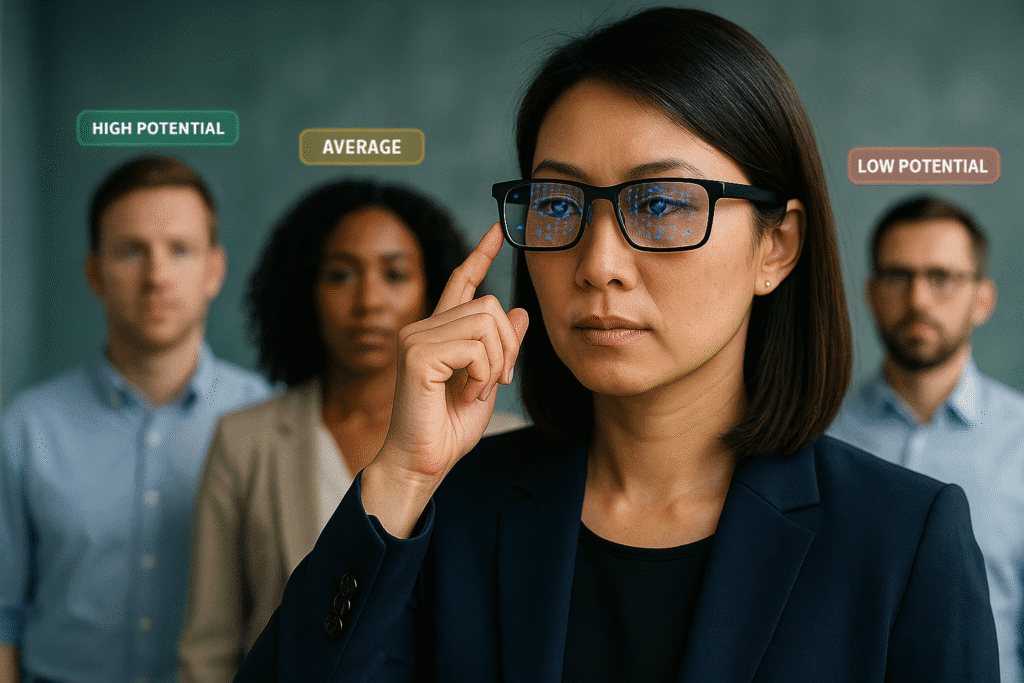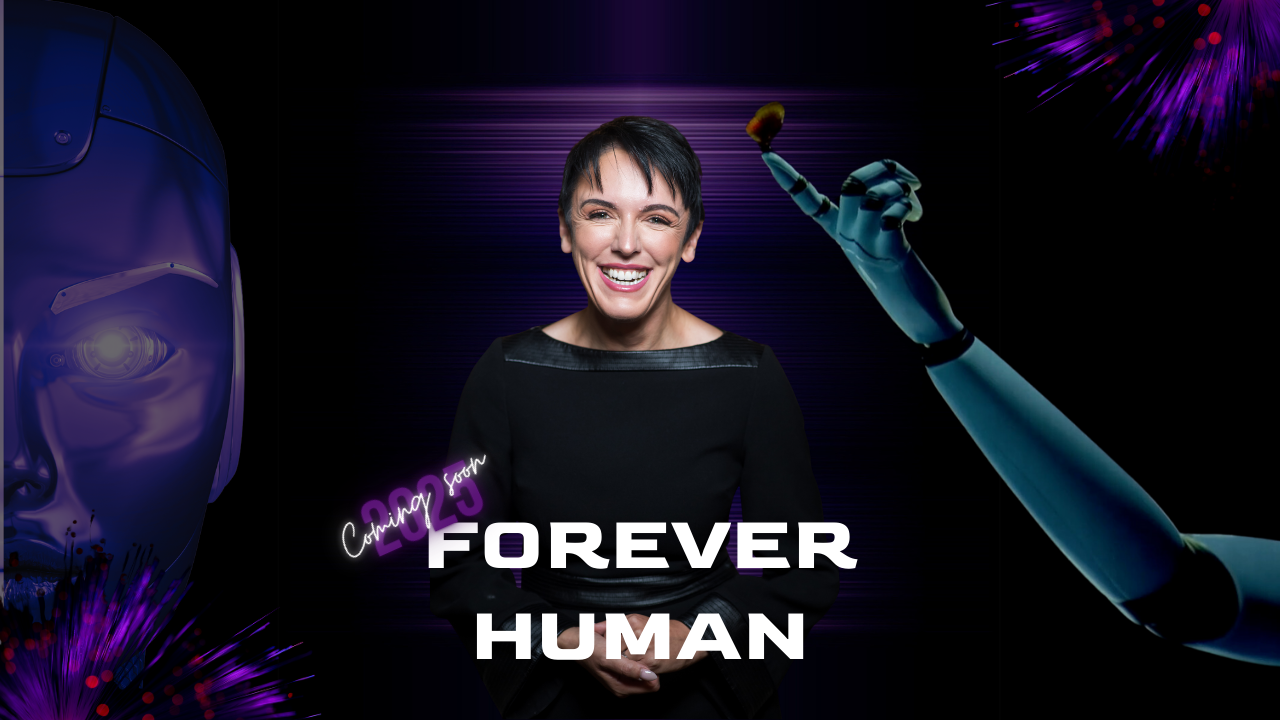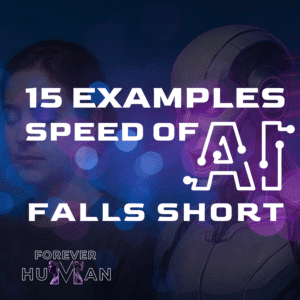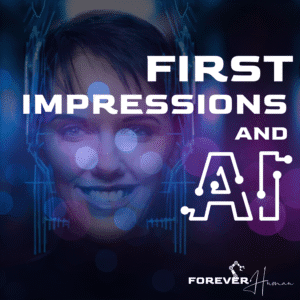Perception and AI: The Silent Shift in How We Judge Each Other at Work
Perception used to be a human art form. A glance, a tone, a comment in passing. These were clues we used to read each other. In meetings, hallways, and inboxes, we built trust and judgment not just on what people said, but how they said it. Then came AI.
Now algorithms help filter resumes, flag messages, summarize conversations, and score performance. Helpful? Absolutely. But something else is happening, too: we’re starting to outsource our perception. We’re letting machines shape how we see each other, what we notice, what we miss, and what we believe.
KEY TAKEAWAYS
- AI influences how professionals are seen, evaluated, and trusted in the workplace
- Perception is no longer formed solely through direct interaction, it’s increasingly shaped by algorithms and automation
- Bias in AI systems can distort human judgment and workplace relationships
- Transparency, presence, and intentional leadership are now essential to maintaining trust
- Soft signals, like tone, timing, and empathy ,carry more weight than ever
- Professionals must learn to see with AI, not through it
When Data Filters Our First Impressions

Think about how many “first impressions” you’ve made that weren’t actually made in person. A hiring manager skims your resume through an AI screener. A client reads an AI-generated meeting recap with your name attached. A colleague forms an opinion based on an auto-summarized email thread.
Perception and AI are now entangled in ways we can’t ignore. First impressions are no longer made across a handshake, they’re made across a dataset.
And while that may feel efficient, it also feels…off. Because what gets filtered, ranked, or flagged isn’t the whole you. It’s a flattened version. A version optimized for keywords, sentiment scores, and automated priorities. If we’re not careful, we start perceiving each other as profiles, not people.
- Personalize your interactions so that they even sound more like you, not your AI assistant.
- Add clarity to your communication, don’t let a bot summarize your intent.
- Request face time when it matters: a conversation beats a transcript.
- Keep your digital footprint human: tone, warmth, and a sense of humor go a long way.
- Assume the data didn’t tell the whole story, always.
The Automation of Assumptions

AI loves a pattern. And that’s exactly the problem.
When machines help us “read” others, they often reinforce what we expect to see. Resume gaps become red flags. Short emails become cold personalities. Missed video meetings become signs of disengagement.
But here’s the thing: Perception isn’t a math problem. It’s a muscle. And the more we let automation do the lifting, the weaker that muscle becomes.
Perception and AI are colliding,and without critical thinking, we confuse algorithmic suggestion with human truth. We assume, categorize, and judge before context ever enters the room.
The cost? Missed potential. Misread talent. Misplaced trust.
- Pause before accepting AI-generated summaries or scores, and ask what context might be missing.
- Keep a habit of rechecking assumptions made by systems with human conversations.
- Invite clarification instead of confirmation; not everything fits a pattern.
- Look for nuance, non-verbal cues, inconsistencies, or signals that AI might overlook.
- Reflect on how often your perceptions are machine-influenced versus personally observed.
Trust Scores, Star Ratings, and the Illusion of Objectivity

AI can score our emails for tone. It can rate our meetings for participation. It can analyze our engagement levels in chat threads.
Sounds helpful, right? Until we start mistaking metrics for meaning.
Perception and AI create the illusion of objectivity. But in reality, these tools are shaped by who built them, what data they trained on, and which behaviors they reward.
Trust isn’t earned through a sentiment score. It’s earned in how we show up, follow through, and respond when things don’t go perfectly. So while AI can offer insight, it can’t replace interpretation. And it definitely can’t replace intention.
- Ask yourself if you're trusting a score or the person behind it.
- Treat AI feedback as a signal, not a conclusion.
- Make space for context: check in directly before assuming the algorithm got it right.
- Advocate for transparency in how scores are generated and used.
- Reaffirm trust through human moments, not machine assessments.
What We Stop Seeing When Machines Start Watching

Here’s the sneaky part: When AI starts doing the noticing for us, we stop noticing things ourselves.
We rely on AI to flag tension. So we miss the sigh in the back of the room. We use AI to surface “action items.” So we miss the deeper concern hiding between the lines. We trust AI to summarize tone. So we miss the sarcasm. The hesitation. The heart.
Perception and AI may coexist, but they don’t perceive the same things.
As we delegate more observational tasks to machines, we risk dulling our human sensitivity. Not just to signals, but to each other.
- Make a habit of intentionally scanning the room, not just your screen.
- Don’t just read summaries, skim the full thread, and listen to the full story.
- Ask follow-up questions that probe for unspoken concerns.
- Create space in meetings for emotional check-ins, not just agenda items.
- Remind yourself that not everything valuable gets flagged by a tool.
Leading With Presence in an AI-Shaped Workplace

You can’t automate presence. You either bring it, or you don’t.
In a workplace shaped by AI tools, presence becomes your superpower. It’s what anchors people in an environment that’s increasingly filtered, processed, and automated. It’s what tells your team: “I’m here. I’m listening. I still see you.”
Perception and AI might shape what we notice. But presence shapes how we matter.
The leaders who thrive in this new environment aren’t the ones who rely most on the tools. They’re the ones who choose when to look up from the tools, and look each other in the eye.
- Choose the moments that matter most, and show up fully for them.
- Speak up in your own voice, not just through your tools.
- Be the first to pause, ask, and reflect when others rush.
- Create space for real-time connection, not just digital efficiency.
- Let people feel seen, not scanned.
Make the Invisible Visible Again
Perception doesn’t live in a dashboard. It lives in the tiny, human moments. The unexpected insight. The empathetic pause. The decision to ask before assuming.
AI can offer feedback. But it can’t offer understanding. It can suggest what’s happening. But only you can understand why.
So ask yourself: Are you still seeing your colleagues? Or just the data trail they leave behind? That’s the real perception test.
FREQUENTLY ASKED QUESTIONS
Can AI help eliminate bias in workplace perception, or make it worse?
While AI holds promise for reducing human bias, it often inherits the same flaws from its training data. If that data reflects historical inequities or biased patterns, the algorithm can reinforce them—just faster. In the context of perception and AI, this means a hiring tool might rank resumes unfairly or an evaluation system might favor communication styles associated with specific demographics. It’s not that AI is inherently biased—it’s that it mirrors the data we feed it. That’s why it’s crucial to audit AI systems regularly, ensure diverse input, and always include a human layer of review when decisions impact people. AI can support fairer perception, but only if it’s used with transparency, accountability, and deep awareness.
How can leaders use AI tools without damaging how their team perceives them?
Leadership perception is fragile—even more so when filtered through tech. If team members feel surveilled, judged by a bot, or reduced to metrics, trust erodes fast. To maintain strong perception and AI alignment, leaders should be transparent about when and how AI tools are used, especially in performance management or feedback systems. They should also model a people-first approach by showing up in person, listening without data overlays, and making space for nuance. AI can streamline processes, but it shouldn’t replace relationship-building. When leaders are clear that AI supports rather than replaces their judgment, it strengthens both credibility and culture.
Can perception and AI be aligned in a way that actually improves workplace relationships?
Yes—if the goal isn’t control, but clarity. When used responsibly, AI can surface patterns that improve communication, highlight coaching opportunities, or reduce ambiguity in team dynamics. But this only works when humans stay in the loop. For perception and AI to truly enhance relationships, they must be paired with curiosity and conversation. For example, if an AI system flags decreasing engagement, the right response isn’t a warning—it’s a check-in. The tool starts the story, but people should finish it. When AI insights lead to empathy instead of assumptions, workplace relationships grow stronger, not colder.



